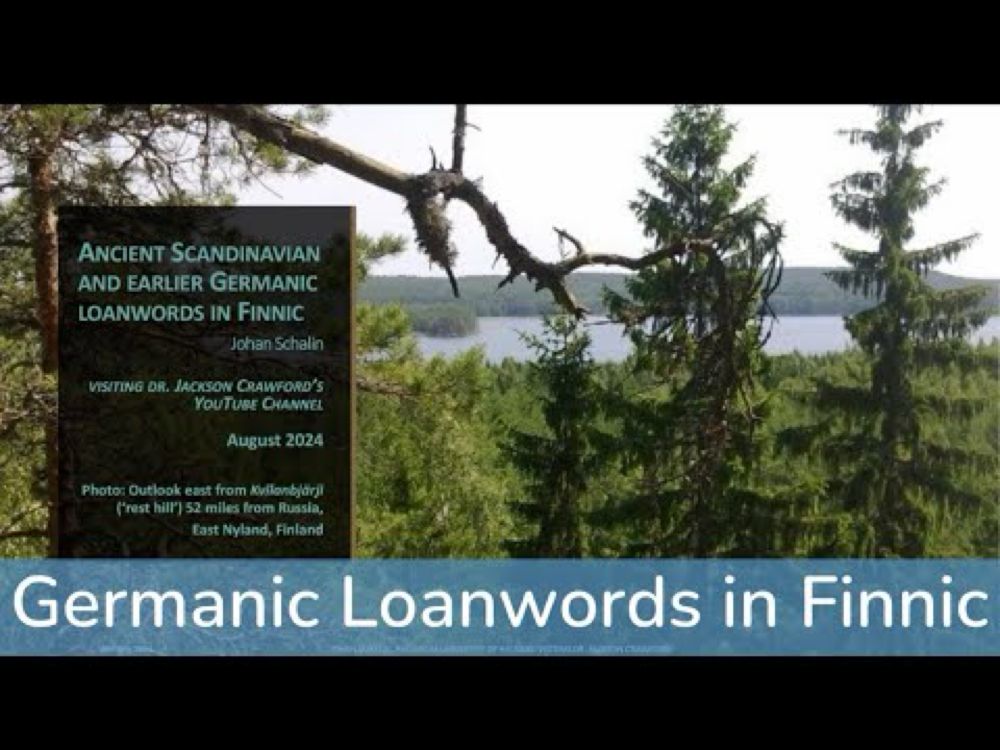
Except in the Raseborg county where the pitch accent can still be found among elderly people when speaking dialect.
I would not write that though. Too long a phrase for the ’s. But I realise someone could utter that.
I am a lousy synctactician but I don’t think the ’s in Scandinavian is a gentive case marker anymore. Why,? because it is attached to phrases not words. We don’t say **(Erik)s den (röde)s skägg” but (Erik den röde)s skägg.
Or this audio? www.instagram.com/reel/C7M4XZo...

656 likes, 17 comments - languagelockin on May 20, 2024: "Sj-ljudet kan vara lite utmanande för dom flesta både med uttalet och stavningen så det är ofta bra att träna extra på 😊🇸🇪 Jag glömde också at...
I think for the North Germanic rhotacism it is not that easy. There are several more phonetic AND phonological circumstances that need to be factored in and explained. I recently gave a presentation where I listed them and came up with a hypothesis: www.researchgate.net/publication/...

PDF | The rhotacising phoneme *z/ʀ started in Proto-Germanic as a voiced strident fricative */z/. Where not assimilated the descendant (by convention... | Find, read and cite all the research you need...
For the benefit of our followers, here is the link. There is of course a lot more explanation of the slides in the audio, than what is in possible to include in the PP itself. www.youtube.com/watch?v=LIgK...

YouTube video by Jackson Crawford
Yes, (earlyish) Middle Proto-Finnic substituted the Proto-Baltic /s/ with /s/ but the Proto-Germanic /s/ [ʂ] with /ʃ/. Proto-Baltic of course had an /ʃ/, while Proto-Germanic hadn’t one. For bilinguals inventory structure may have mattered beside phonetics.
Here is accurate information in a nutshell: shows.acast.com/a-language-i...

Language, Linguistics and a Love for Both
IPA also offers possibilities to distinguish between protruded and compressed rounding. #langskyen.wikipedia.org/wiki/Rounded...

